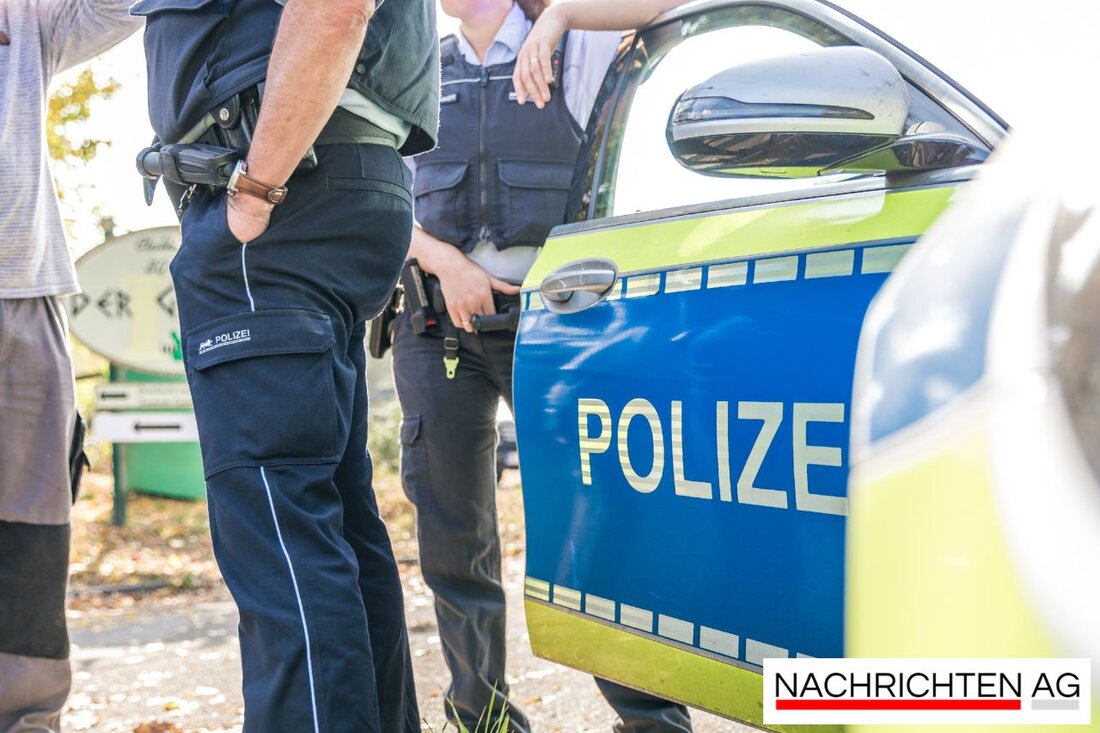Hensoldt in Fürstenfeldbruck: State-of-the-art technology against the danger of drones!
Hensoldt is developing advanced drone defense systems for airports in Fürstenfeldbruck to minimize security risks.

Hensoldt in Fürstenfeldbruck: State-of-the-art technology against the danger of drones!
In Fürstenfeldbruck, not far from Munich, dedicated people from the Hensoldt company are working on drone defense solutions. Recently, demand for such technologies has increased noticeably, particularly following incidents that compromised critical infrastructure. Munich Airport recently had to be closed twice due to drone sightings, underlining the urgency of such systems. Hensoldt has therefore put together a team of around 70 specialists to develop technologies that can safely detect, identify and render drones harmless without resorting to military means such as cannons or missiles. This reports Mercury.
“We rely on a sensor-effector mix,” explains Christian Jäger, head of reconnaissance and protection at Hensoldt. The technology combines various sensors such as radars and cameras that detect drones with effectors such as net drones and electronic jamming systems used to combat these aircraft. However, the interaction of these various components and the precise identification of the drones remains a major challenge. Test runs do not take place at the Fürstenfeldbruck location, but in a nearby area where demonstrations are held for customers, mainly military and police.
Versatile possible uses of the technology
Hensoldt offers tailor-made solutions for different areas of application, be it for events, military facilities or the protection of airport infrastructure. Even small airports, like in Memmingen, are protected with a budget of around ten million euros. The benefits of such systems become even clearer when one considers that the availability and user-friendliness of small unmanned aircraft systems (sUAS) have increased significantly in recent years. These drones can pose a threat in various scenarios - be it espionage, vandalism or even terrorist attacks.
A highly modern drone defense system therefore requires a powerful, modular concept that does not rely on a single sensor or effector, but rather uses an intelligent mixture. Hensoldt is pursuing exactly this approach with its Elysion C-UAS solution: This modular solution is designed to detect, identify and defend against sUAS in a wide range of operational scenarios, as the exhibition on the company website shows Hensoldt.
Global trends and challenges
However, the problem is not limited to Germany. Experts worldwide identify three essential steps for protecting airports from drones: detect, decide and intervene. The German Aerospace Center (DLR) is actively working on connecting these steps and developing technologies that will implement automated detection systems near airports. Currently, however, many German airports often rely on random observations, which makes protection considerably more difficult. Technologically, it would be possible to install sensors around airports that collect and analyze data using artificial intelligence BR.
In practice, some military organizations are already using such technologies to secure their locations. However, civilian airports are usually not allowed to shoot down drones in order to avoid potential dangers to people on the ground. Instead, research is being carried out on innovative solutions that disrupt the electronics of the drones and cause them to land in a controlled manner.
As current projects show, the necessary exchange of knowledge in the security landscape is of the utmost importance - one of the reasons why DLR and other institutions continue to work on the development of progressive measures. On a global stage, Changi Airport in Singapore remains a model for having established an effective solution to prevent drone operations in the vicinity of its air traffic with a five-kilometer-wide no-fly zone and a 24/7 manned control center.

 Suche
Suche
 Mein Konto
Mein Konto